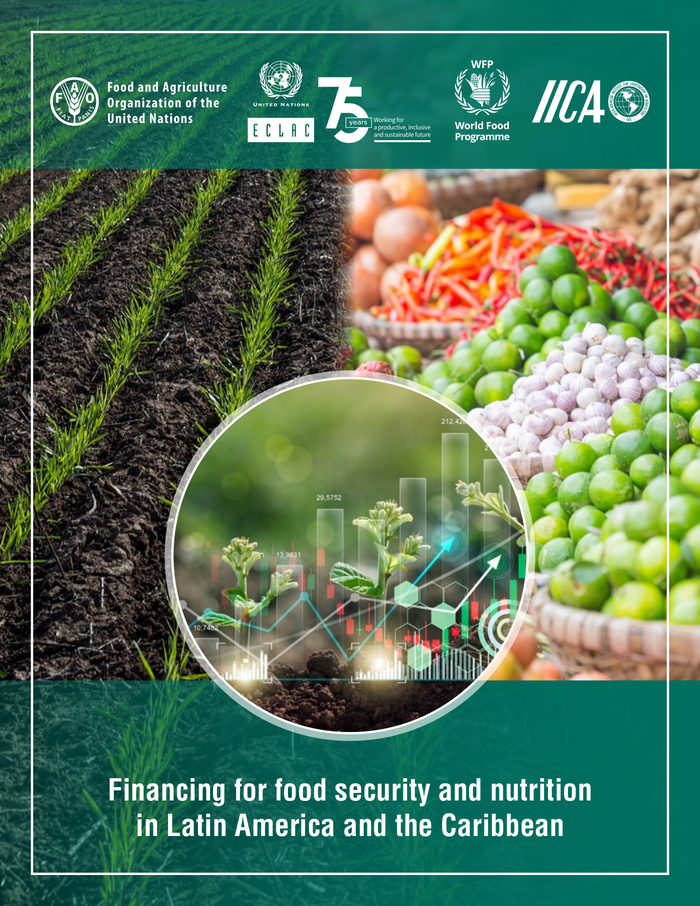Summary
Hunger and malnutrition persist as global challenges, also affecting Latin America and the Caribbean (LAC). There are different proposals about policies and interventions to address these problems jointly as a region and for each country, but they are generally not accompanied by proposals on how to finance the actions necessary to eliminate hunger and combat malnutrition.
This document presents a first approach to the issue of the financing required to eradicate hunger, food insecurity and malnutrition in all its forms in LAC.
To analyze financing, first it is necessary to know the costs. Therefore, this document presents a brief summary of the discussion on the methodologies used to estimate the costs of ending hunger and other forms of malnutrition, and summarizes some existing estimates for the region. Relatively few detailed analyses have been conducted for LAC, and even fewer for individual countries. The lack of specific cost information presents a challenge when considering effective financing strategies.
In addition to reviewing estimates of the costs to resolve the problems mentioned, a reference is also made to the possible costs of not doing so, that is, the costs of not achieving the targets of the Sustainable Development Goals (in particular, SDG 2) and of other international agreements on hunger and malnutrition.
This document presents a conceptual framework for the analysis of possible financial flows and their relationship with agrifood systems and, in particular, for the elimination of hunger and malnutrition. This conceptual framework adopts a broad notion of financing, covering six main types of fund flows in agrifood systems: a) two internal flows within agrifood systems (the first flow being consumers’ spending on food and related products; and the second flow being the income of all economic actors in those systems used to finance production and related activities), and b) four flows external to agrifood systems (international development financing, public budgets, banking operations and capital market financing).
Understanding these flows within the framework of agrifood systems is of utmost importance, covering the production, distribution, marketing, and consumption of food. The agrifood systems approach focuses on understanding the connection between agricultural and food policies, costs of hunger and malnutrition, and financial flows.
This conceptual framework is then used to analyze the level and composition of the different types of existing financing, based on the available data sources from the Food and Agriculture Organization (FAO), the Economic Commission for Latin America and the Caribbean (ECLAC), the World Bank and others. It is worth noting that these are aggregate sources that do not provide a clear allocation to actions directly related to hunger and malnutrition, and that there may be different opinions about such allocation. A detailed analysis by country would be needed to better estimate these financial flows. With these clarifications, this document presents a preliminary estimate of the magnitude of the different flows of funds that are considered related to food security and nutrition, as can be seen in the following table.

